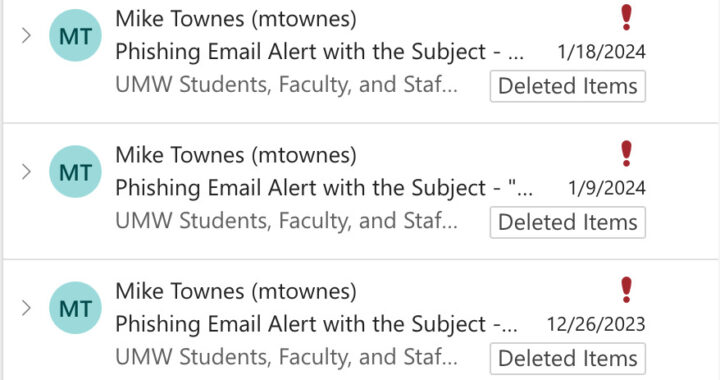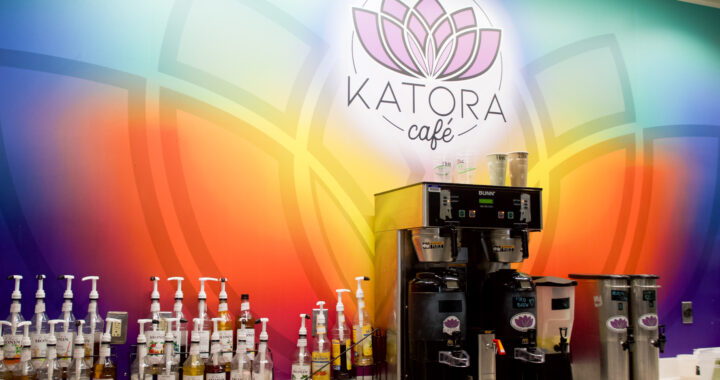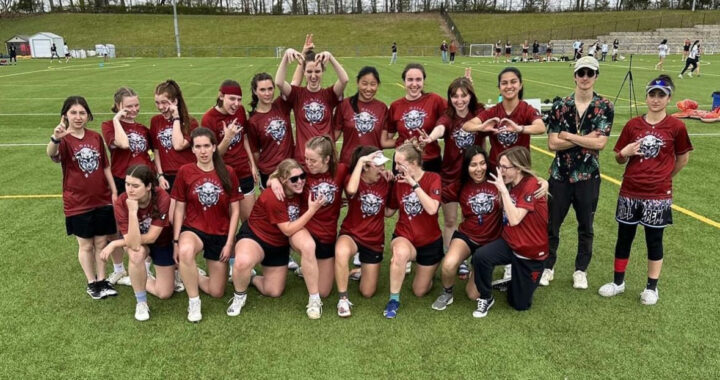Millions of dollars left over annually from unused flex money
6 min read
Glenn Taylor | The Blue & Gray Press
By KELLY EMMRICH & ABIGAIL WHITTINGTON
At the end of spring 2016, University of Mary Washington student, Nick Atwell had roughly $130 of flex left over. He used that money to buy 12 large pizzas to feed his stressed peers during exam week. Atwell ends every year with an abundance of flex because he chooses to eat in the University Center dining hall, where he can eat healthy options for only a meal swipe. Despite mostly relying on meal swipes to feed him, Atwell still ends each year with about 30 unused swipes.
Meal swipes are equivalent to about $6 to $11 depending on what time of day students go to the UC and what the student purchases for a meal. Flex has the same monetary value as United States dollars. Flex is used to upgrade a meal or to purchase snacks as part of the meal plan. The flex dollars that go unused at the end of the fall semester roll over into the spring semester, but after the spring semester any remaining unused flex dollars are forfeited to the university.
Many students in addition to Atwell, face this same problem of having too much flex left at the end of each year.
At the end of the 2015-2016 school year $103,897 in flex went unused, according to the response to a FOIA request to the public information office.
During the 2015-2016 school year, the university made $10.3 million in revenue from the meal plans. About $8.5 million goes to paying for food and services on campus. These expenses included dining services operating, dining services maintenance, Seacobeck Hall debt service, fee waivers for language coordinators, indirect cost charges, allocation for University Center Debt and the Repair and Replacement Reserve.
The unused meal swipe and flex dollar money is then used to pay the dining contractor to help reduce the amount that students pay for meal plans the following year.
Some students are not satisfied with the current system in place for unused swipes and flex. When asked whether the loss of money from unused swipes and flex made him upset, UMW student Kristopher Moxley said, “Yeah kind of. Nothing I can do about it though, I guess. I’m already going to be 50 grand in debt. What’s a few hundred more?”
Other students feel it is their responsibility to make sure none of their dining plan money goes to waste. “To be honest, I think it is on the student to keep track and make sure they are using all of their meal swipes and flex,” said UMW student Kellin Gibson. “Their mom, dad or whoever paid for it, so they should make sure they use it all so the money doesn’t become UMW’s property at the end of the year.”
This is a problem with other dining programs. According to Virginia Commonwealth University officials, thousands of meal plans aren’t used in their entirety each year. The revenue from unused meal plans amounts to about $1 million for the university. VCU said that it relies on students not spending their entire meal plan in an interview with Richmond News. The meal plan for VCU students is required for students who live in dorms.
Over 9,000 students purchase meal plans with VCU’s dining program. 3,000 of those students live in the dorms and are required to buy one of the university’s several meal plans. The other 6,000 are voluntary. University officials say that there are about 150,000 unused swipes left over at the end of the year.
While UMW does not keep a record of how many swipes go unused by the end of the year, the dining contractor for UMW estimates that an average of 26 percent of swipes are not used by meal plan participants. That equates to about 1,031 meal swipes each year. These calculations exclude the Eagle Plan, which provides unlimited meal swipes each year for freshman who are only given that one meal plan option. Because the Eagle Plan has unlimited swipes, it is hard to calculate how much of what they pay goes to waste.
However, other schools have systems in place to prevent the disappearance of students’ dining dollars at the end of the year. According to a Student Press Law Center (SPLC) report done by SPLC staff and student journalists at various universities, many schools are under a system in which the school can claim the unused money at the end of the year, but some schools have found ways to ensure that students get full use of their money.
Washington State University allows funds to carry over into the following fall semester as long as the student is still living in campus housing. Similarly, University of Wisconsin students receive a refund if their remaining dining dollar balance is over $20. If their dining dollar balance is below $20, the money is transferred to another account that acts as a debit card similar to the Eagle One account at UMW.
When explained the systems that other schools have in place for unused dining money, Atwell said, “I think the school should reimburse the flex money that isn’t used. Odds are I would put that money towards buying textbooks for my classes or other food items off campus.”
Similarly, UMW student, Matthew Allocca said, “That sounds nice because it gives options to students instead of leaving them without money they’ve already put towards dining. It ensures that a student can actually get what they paid for.”
While UMW does not have a system in place to refund unused flex dollars or meal swipes, it does try to create new ways for students to use their remaining flex and meals at the end of the semester. The Grab ‘n Go in the Nest plans for mass spending at the end of the year by providing cases of drinks and non-perishables for students to purchase with their remaining flex dollars to take home with them.
Even if students don’t have room in their cars to take home cases of food, the university suggests buying the food for donation to Loisann’s Hope House in Fredericksburg. The mission of the Hope House is “to quickly move children and their families from homelessness to housing.” If students find they don’t have time to drop the food off at the house themselves, some Grab ‘n Go employees offer to take the items to the house for them.
“I have offered to take some cases of soda to the Hope House after work before,” said Dora Whiting, an Eagle’s Nest employee at the Grab ‘n Go. “It’s a great way to make sure students’ money doesn’t go to waste while also giving them a chance to give back to their community.”
Students have also taken charge in promoting the spending of extra flex and meal swipes at the end of the year by sharing their wealth with those who burned through their flex and meal swipes earlier in the year.
Jennifer Hill started a group on Facebook called UMW Flex Daddies where students with extra flex are encouraged use their swipes and flex that would normally go unused to feed their peers. Hill started the group after learning about William and Mary’s flex daddy group from a friend. The group started this year and currently has only 44 members, but Hill expects the group to grow after a little more advertising.
“I haven’t had success yet with it,” Hill said. “But I am planning on making a video advertisement to hopefully start to get more attention.”












Hashbrown FlexMeDaddy